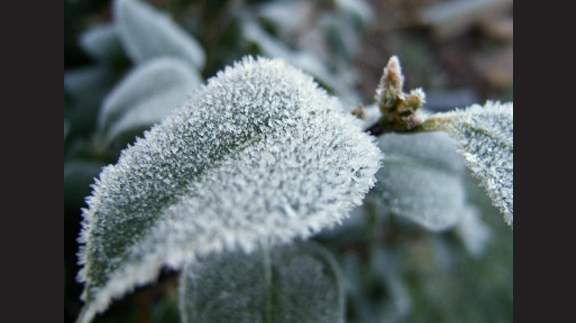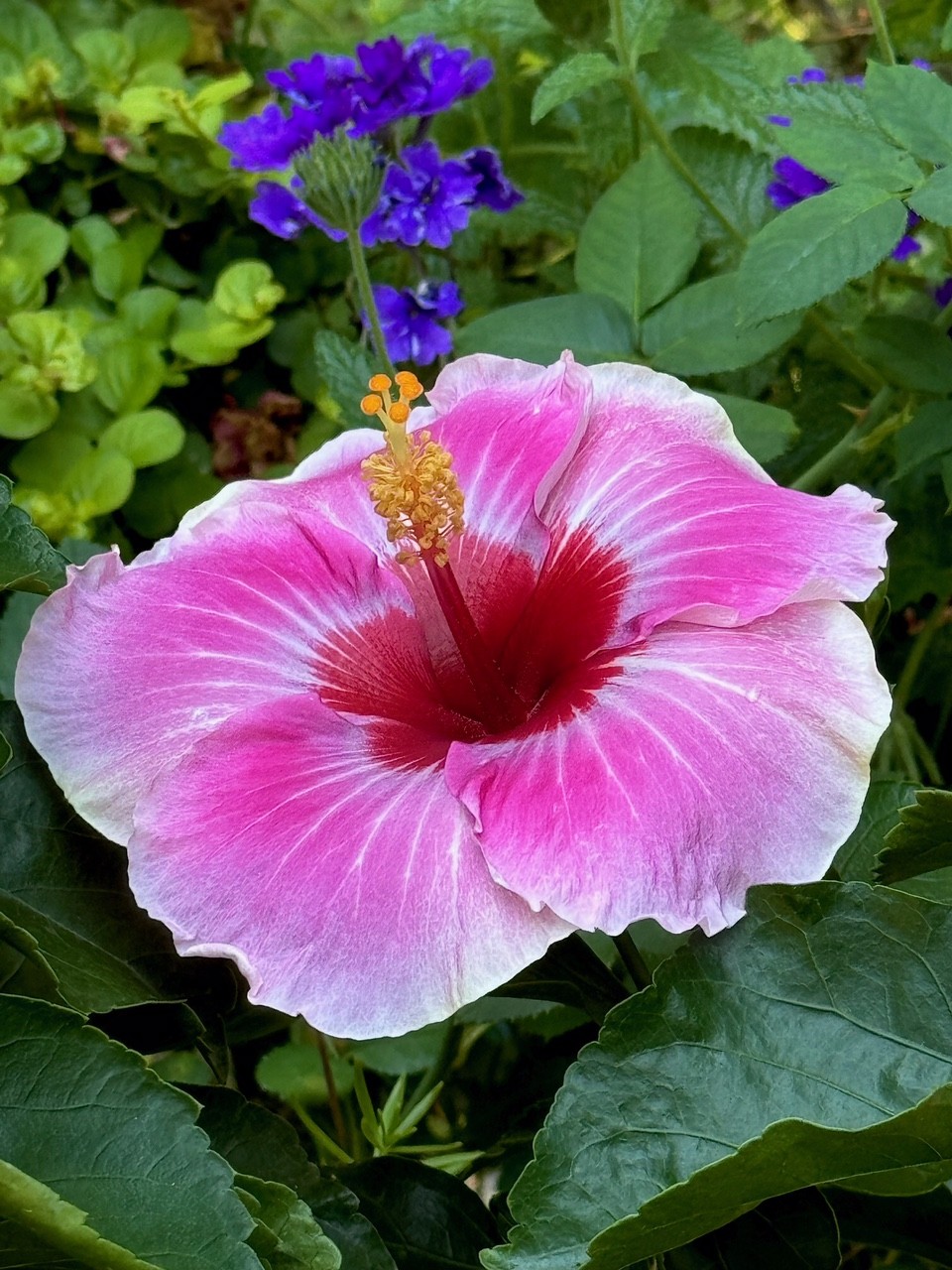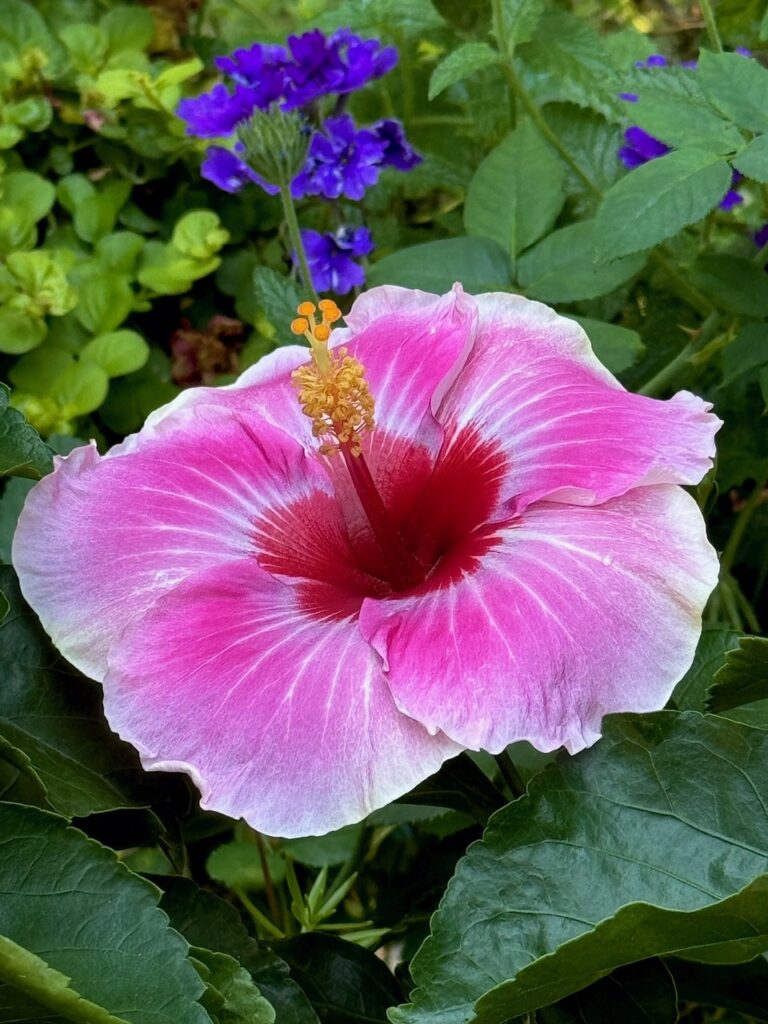Outdoor
With freezing weather on the way, plants need care, too.

By: Kathleen Phillips
Writer: Kathleen Phillips, 979-845-2872, [email protected]
COLLEGE STATION — As the first major cold snap approaches, people can take action to protect plants from total loss, horticulturists with Texas A&M AgriLife Extension Service said.
The first step is to understand how cold temperatures impact different plants and then take steps to alter those conditions, according to Monte Nesbitt of College Station and Robert “Skip” Richter of Houston, both AgriLife Extension horticulturists.
Nesbitt and Richter are co-authors of “Protecting Landscapes and Horticultural Crops from Frosts and Freezes,” which has detailed instructions and is downloadable for free at www.agrilifebookstore.org/.
The National Weather Service has issued a special statement indicating that freezing temperatures could reach south of San Antonio by week’s end. A hard freeze is expected in the Panhandle.
In addition to seeking local weather reports, one needs to understand the difference between frosts and freezes, they said, as well as how topography, urban microclimates and bodies of water can impact a plant’s ability to withstand temperature variations.
“Plants can get used to freezing weather if they are exposed to it consistently and gradually,” Nesbitt explained. “But in Texas, intermittent warm periods can make it hard for plants to adjust and therefore be more vulnerable to frost or freeze damage.”
A sudden, steep plunge in temperatures such as the forecasters are calling for this week could bring about a freeze that includes winds, cold air masses, clouds and precipitation over a period of days as it moves across the state, the horticulturists said.
“For plants, that means damage from the low temperatures as well as from the wind from the stalk to the top,” Richter said. “When the water inside plant cells freezes, ice crystals form that can pierce and damage the cell walls, killing the cells. As temperatures rise, fluids leak out of those cells, and they begin to decay.”
A frost, by contrast, happens when the sky is clear and there isn’t much wind, he said. The amount of radiation given to the plant by the sun is lost gradually during the night to the freezing point just before sunrise. Frosts can be severely damaging as well, but normally only at the top or most exposed part of the plant, he said.
Understanding what is likely for a particular area where plants are growing can help determine the type of protection offered, the horticulturists said.
Frosts are easier to protect plants from, Nesbitt said. Plants growing under tree canopies will be impacted less than those more exposed. Likewise, plants in pots can be placed under the overhang of a house for some protection.Where possible, the best protection would be from opaque covers such as sheets, blankets, cardboard boxes or trash cans, but wait until early evening so the plant can absorb as much sun radiation as possible.
“The idea is to slow the cooling of the plant,” Nesbitt said.
Freezes are not easily deflected by the methods used for a frost, Richter said.
While a cover by itself would not be adequate during a freeze, adding a heat source such as a string of outdoor lights can help, because it adds heat,he said. Plants in containers are more likely to be harmed than those in the ground because they lack the insulation that the Earth provides.
“Move container plants inside the home or garage,” Richter said. “If they can’t be moved indoors, put them on a more protected side of the house. Then water them well and pile on mulch, leaves or hay and cover with a frost blanket.”
Plants that are permanently set in the landscape can receive some protection from semi-permanent structures such as polyethylene film-covered structures(hoop houses, for example), windbreaks, and mounds of soil or mulch heaped around the lower trunk, the horticulturists said.
Nesbitt said the process of protecting plants usually needs to be repeated throughout the winter months since Texas weather cycles between warm and cold for months.
He said to wait to prune frost- or freeze-damaged plants until the spring, because the dead foliage can provide a protective layer during the next cold spell and because pruning could prompt new, tender growth.
-30-
HOME
Parting Shot

By: Jelly Cocanougher
Delicate microbes buried just beneath the surface. We walk by them, unbeknownst to us. Spores, spawn, and sclerotia, each with distinct characteristics. It is said that these fungi are all connected, speaking to one another as they populate the earth. The interconnectedness of all living things and the decaying world, such beauty lies within these otherworldly alien organisms.

HOME
Varietal Honey

By: Landon Moore
Landon Moore is the Wise County 4-H President and a member of the Wise County 4-H County Council. He is involved in beekeeping, as well as raising rabbits and poultry.
This essay was one that he wrote, and it was named the champion for both the Texas and National chapters of the Foundation For The Preservation of Honey Bees.
Varietal honey is honey that comes from a single source.
This honey has a flavor derived from the source flower and can even have a similar scent. In general, lighter colored honeys have a more subtle taste and dark honeys are more intense. Varietal honey has been compared to wine, in that honeys produced in different years can be distinguished, even if they come from the same flower and location.
This phenomenon is called terroir and is responsible for the individual taste of each honey harvest.
To read more, pick up a copy of the October edition of North Texas Farm & Ranch magazine, available digitally and in print. To subscribe by mail, call 940-872-5922.

HOME
The Garden Guy: America’s Sweetheart

By: Norman Winter | Horticulturist, Author, Speaker
Early in the summer, I was sent a press release that caused one of those holy wow moments. The headline said it all, “Proven Winners ColorChoice Expands Catalog with the Addition of Hollywood Hibiscus.”
I had already become familiar with the Hollywood Hibiscus series and was thrilled that the Proven Winners was adding this to their lineup.
This flower is nothing short of beautiful and exhibits prolific flower production. The flowers show three distinct colors, deep red in the very center, then the majority which is a rich rose pink with lighter pink to white along the margins.
To read more, pick up a copy of the October edition of North Texas Farm & Ranch magazine, available digitally and in print. To subscribe by mail, call 940-872-5922.

-

 Country Lifestyles2 years ago
Country Lifestyles2 years agoScott & Stacey Schumacher: A Growth Mindset
-

 Country Lifestyles8 years ago
Country Lifestyles8 years agoStyle Your Profile – What your style cowboy hat says about you and new trends in 2017
-

 HOME8 years ago
HOME8 years agoGrazing North Texas – Wilman Lovegrass
-

 Outdoor10 years ago
Outdoor10 years agoButtercup or Primrose?
-

 Country Lifestyles5 years ago
Country Lifestyles5 years agoAmber Crawford, Breakaway Roper
-

 Country Lifestyles9 years ago
Country Lifestyles9 years agoJune 2016 Profile – The man behind the mic: Bob Tallman
-

 Equine1 year ago
Equine1 year agoThe Will to Win
-

 Country Lifestyles8 years ago
Country Lifestyles8 years agoDecember 2016 Profile, Rusty Riddle – The Riddle Way




